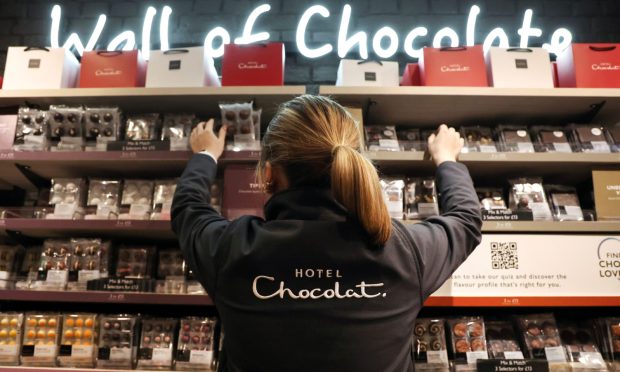Fifers with incurable lung cancer can now spent less time in hospital thanks to an innovative approach.
A partnership is providing comprehensive and individualised care which means patients can spend more time at home.
The pilot project, funded through the Transforming Care After Treatment programme, was developed in partnership with NHS Fife, Fife Health and Social Care Partnership and Macmillan Cancer Support Scotland.
It has proved so successful it has been embedded into normal practice.
In Fife, around 40% of patients diagnosed with lung cancer are unfit to receive anti-cancer treatments such as surgery, radiotherapy or chemotherapy, either because they are too unwell or treatment is no longer working and may reduce their quality of life.
These patients receive best supportive care, where the focus is on supporting them and their families. Previously, it was not always clear what this meant in practice.
The project focused on developing a consistent service, ensuring it could be delivered to all patients who needed it.
As a result, patients are identified at the earliest stage and referred for comprehensive assessment and personalised care planning.
Physical symptoms, emotional, spiritual and practical needs are assessed and plans are made to address concerns. Conversations also start about a patient’s preferences as they become less well.
The new approach has ensured patients are assessed and supported in a location that suits them. It has been positively received by patients, families and carers.
NHS Fife medical director Dr Frances Elliot said: “We want to give as much control and choice to patients as possible, making their journey easier, at what is obviously a difficult time.”
Dr Steinunn Boyce, consultant in palliative care medicine, added: “Being in hospital is sometimes unavoidable and it’s sometimes the right place to be, but through this project we have been able to reduce the length of time that people spend in hospital – making sure that we are addressing their needs and supporting them so they can be at home.”
Macmillan’s national programme manager Gordon McLean added: “I hope other health boards will look at the successes of this project and consider how its lessons can be used to improve care after treatment for people with all types of cancer across Scotland.”










